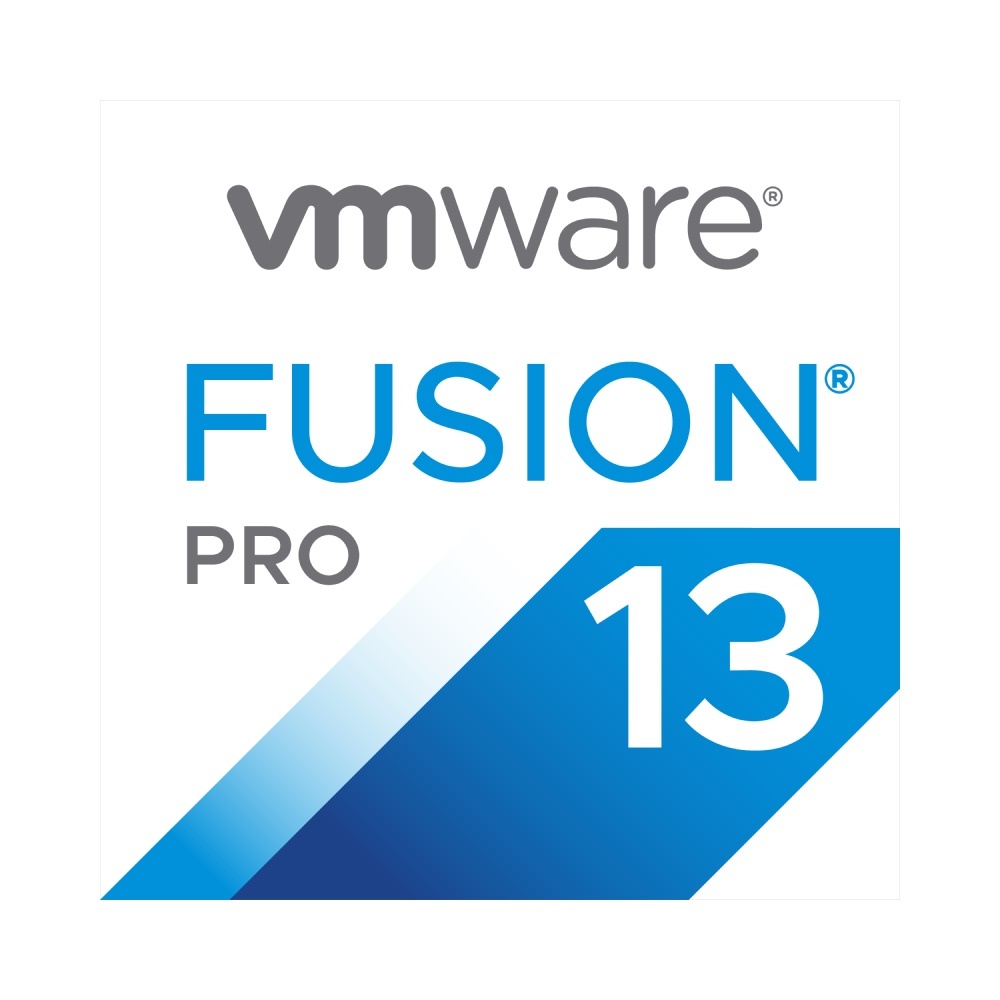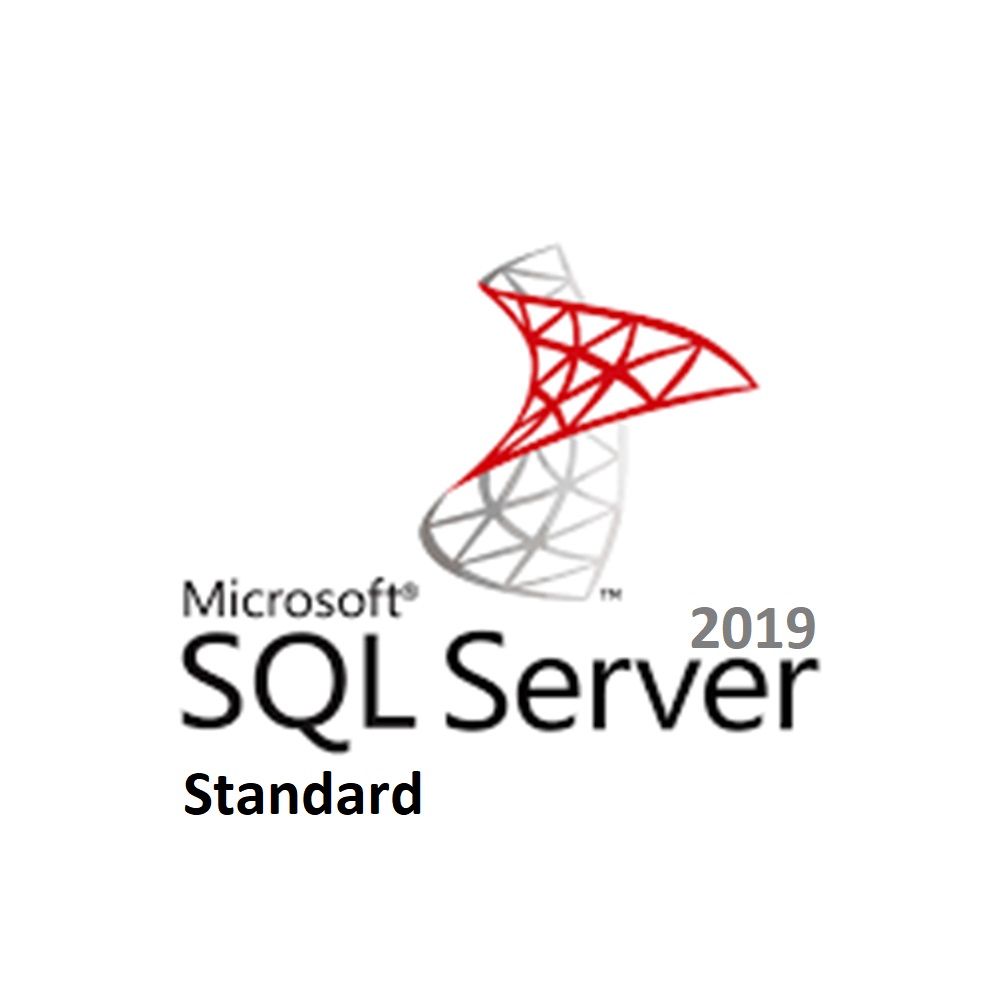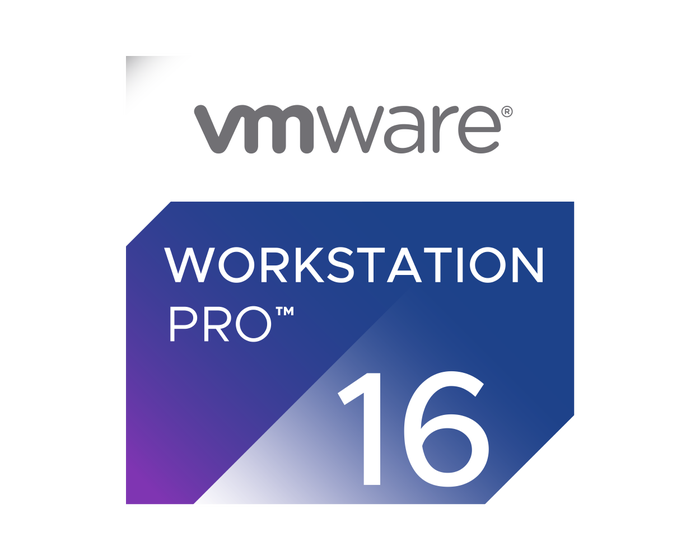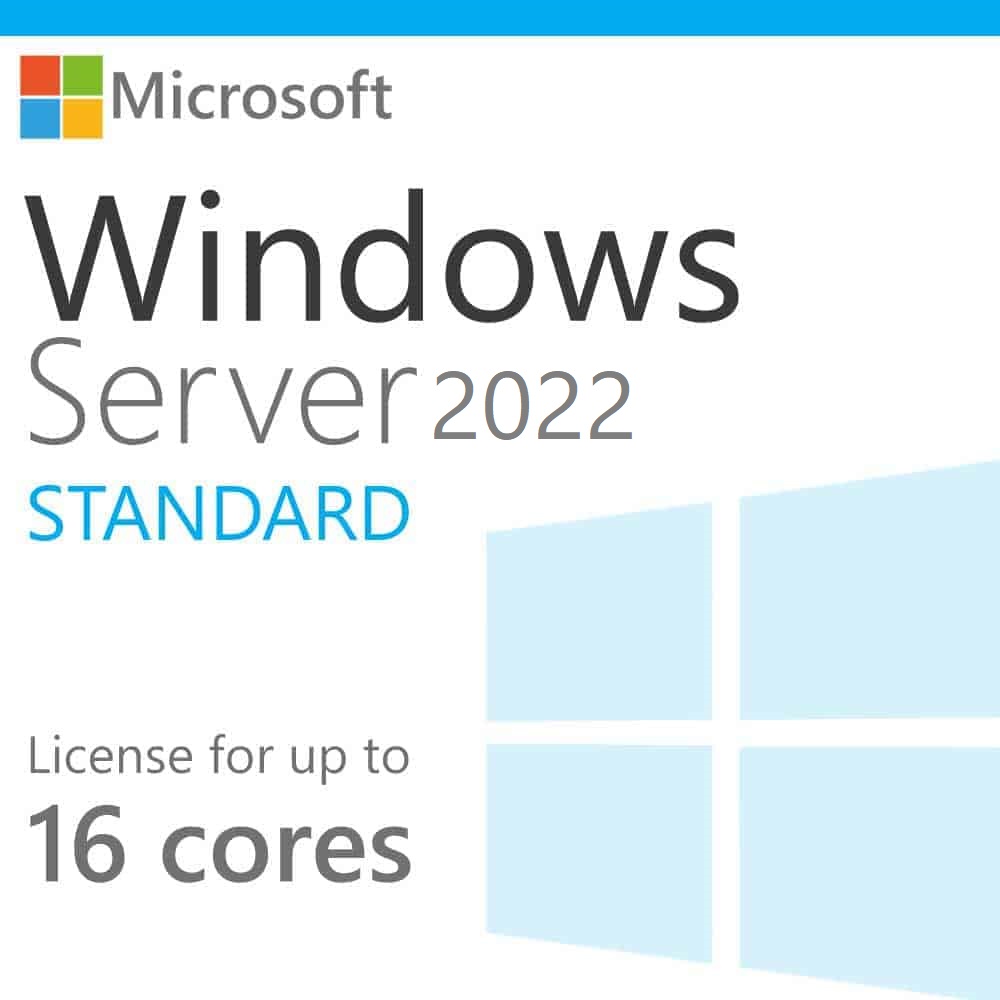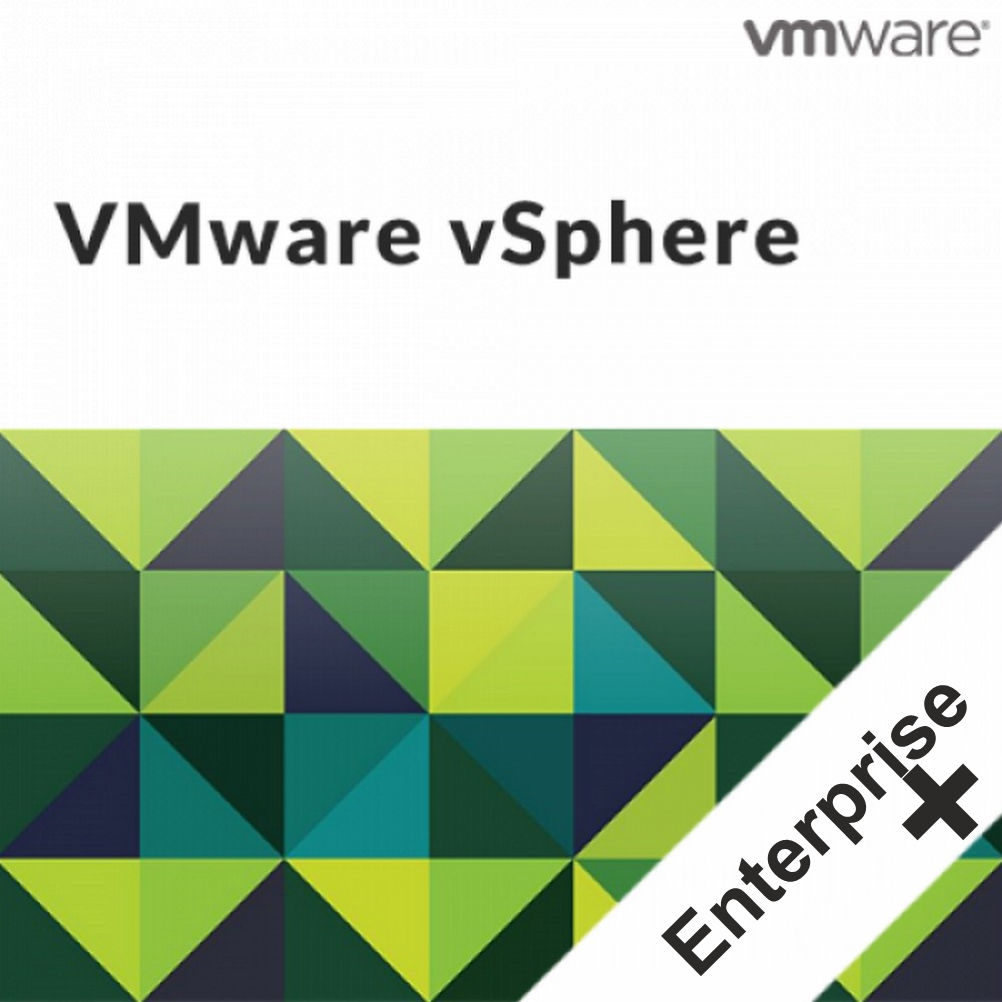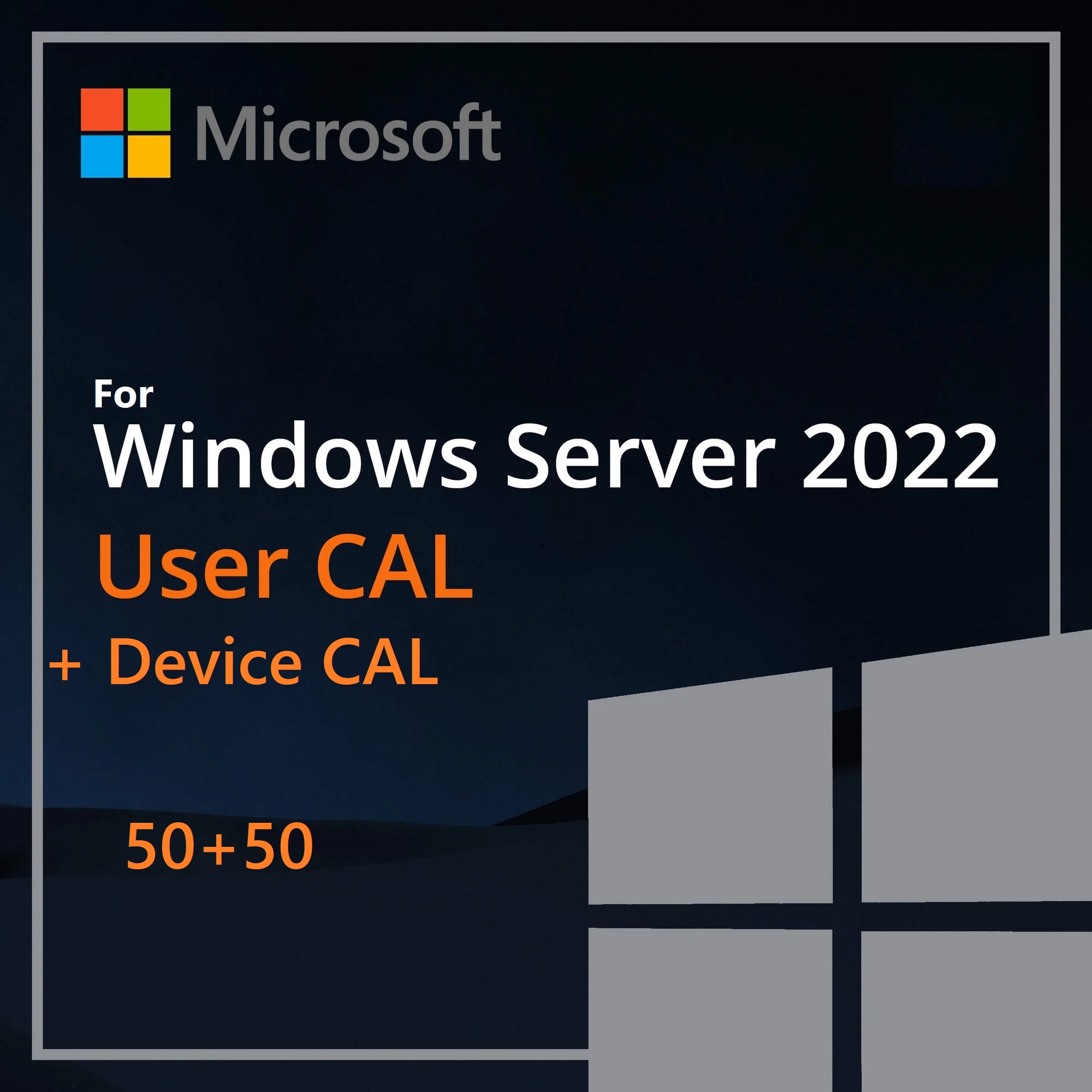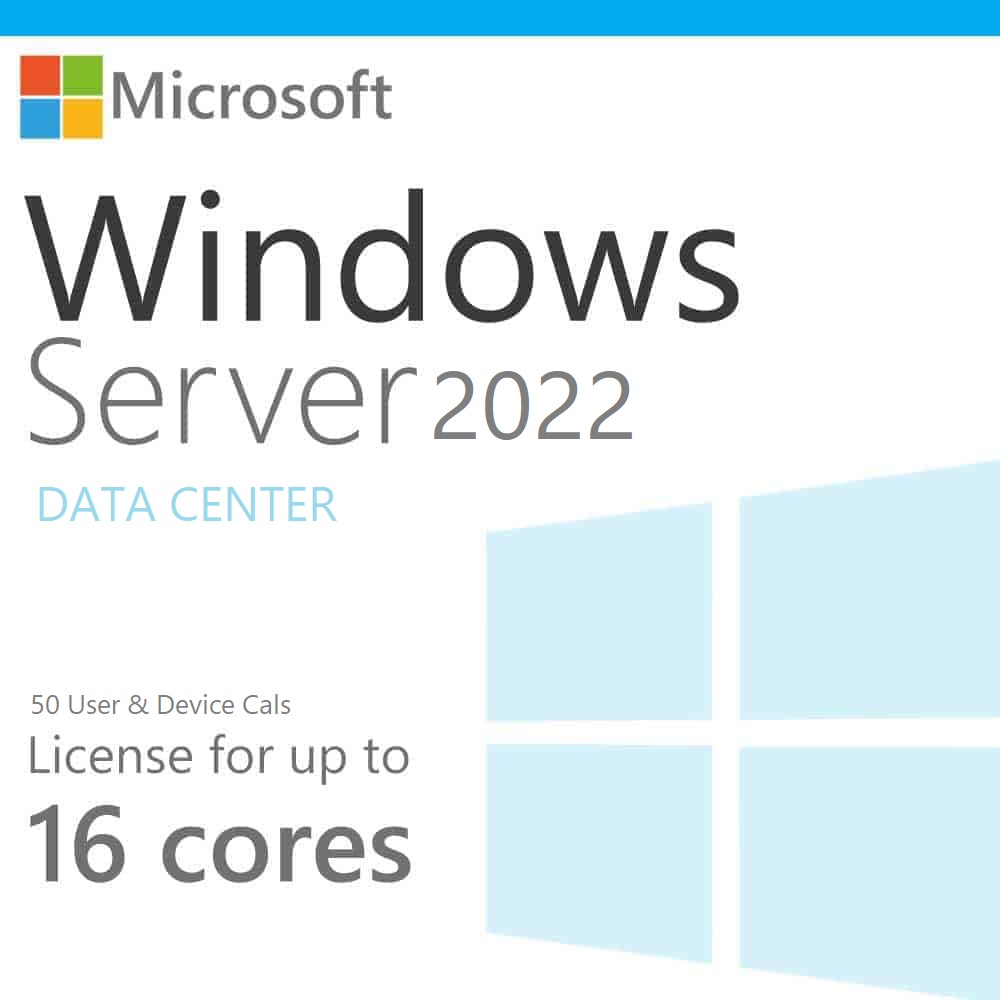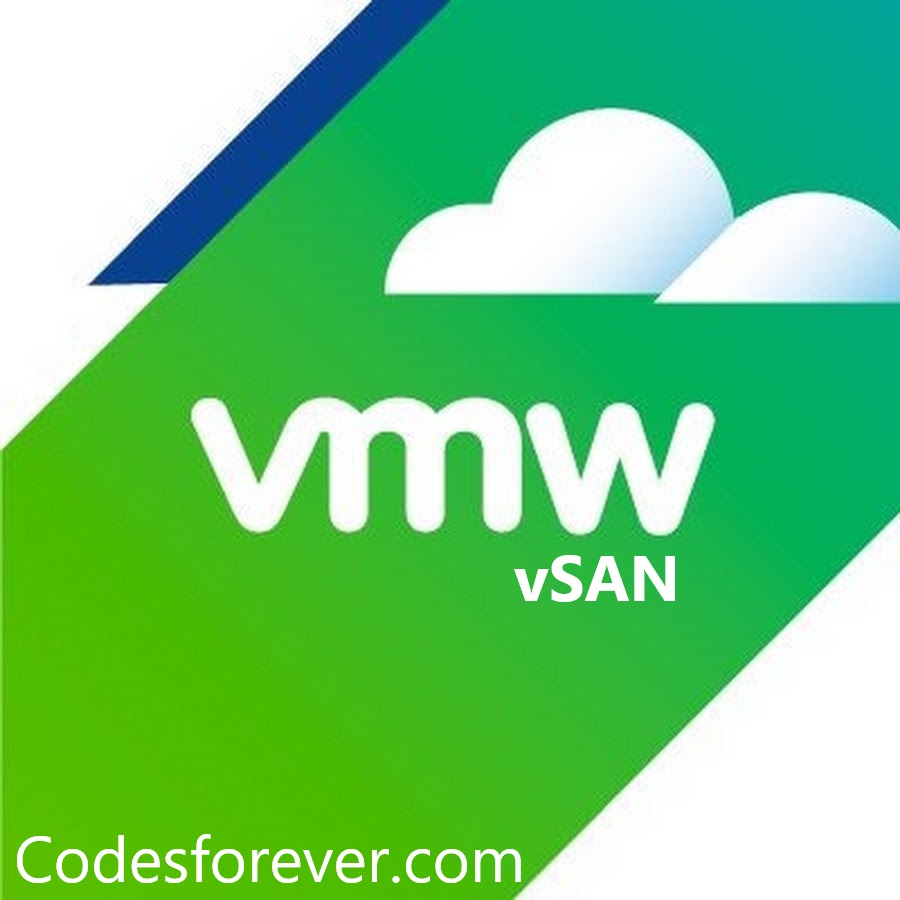

VmWare vSAN 8 | Select Your Edition | Digital Delivery
Tax included. Shipping calculated at checkout.
Description
What is VMware vSAN? VMware vSAN is an enterprise storage virtualization software that supports hyper-converged infrastructure (HCI). VMware vSAN aggregates local and direct-attached data storage devices across a VMware vSphere cluster to create a single data store that all hosts in a vSAN cluster can share.
What is vSAN?
vSAN is VMware’s Software-Defined Storage (SDS) solution first released in 2017.
SDS is a concept that attempts to encapsulate the functionality and features of a traditional storage area network and storage array without the often complex and expensive hardware. vSAN allows vSphere administrators to manage the storage needs of thousands of virtual machines by using the familiar vSphere client for configuration and management, with minimal training or storage experience.
vSAN leverages locally installed hard drives for storage capacity alongside ESXi software, which provides the functionality and logic. vSAN competes favorably against other SDS products such as Nutanix and Starwind Virtual SAN but boasts readily available premade hosts called vSAN Ready Nodes. vSAN is also the underlying technology in Dell’s popular turnkey solution VXRail.
With the release of vSAN 7 Update 3, administrators can even provision storage to traditional, non virtualized hosts via highly available NFS shares and iSCSI devices. With stretched-cluster, two-node, and ROBO (remote office/back office) deployment options, utilizing All-Flash or Hybrid modes, vSAN is proving to be incredibly flexible. In this article, we will cover the different deployment choices for vSAN and basic requirements and configuration options.
The table below details the differences between the different vSAN editions so that you can make an informed decision on which version is best for you.
| EDITION | Standard | Advanced | Enterprise | Enterprise Plus |
|---|---|---|---|---|
| Storage Policy-Based Management | * | * | * | * |
| Virtual distributed switch | * | * | * | * |
| Rack awareness | * | * | * | * |
| Software checksum | * | * | * | * |
| All-flash | * | * | * | * |
| iSCSI target service | * | * | * | * |
| IOPS limiting | * | * | * | * |
| Cloud-native storage | * | * | * | * |
| Container storage interface (CSI) | * | * | * | * |
| Shared witness | * | * | * | * |
| Deduplication and compression | * | * | * | |
| RAID 5/6 | * | * | * | |
| vROPs within vCenter | * | * | * | |
| Encryption | * | * | ||
| Stretched cluster | * | * | ||
| File services | * | * | ||
| HCI mesh | * | * | ||
| Data persistence platform | * | * |
VMware vSAN: Hybrid vs. All-flash
vSAN has two modes administrations can select, “All-flash” or “Hybrid”.
Hybrid mode entails using SSD devices as cache and mechanical hard disk drives (HDDs) for persistent storage. It was the only option when vSAN was initially released. The faster SSD device services VM reads and writes in real-time. Then, vSAN logic eventually destages the data from the cache and onto the mechanical disk for long-term storage. This Hybrid approach is more economical because it leverages cheap HDDs for persistent storage but has performance tradeoffs.
All-flash mode uses SSD disks for both the caching tier and persistence tier. As a result, it significantly improves performance but increases hardware costs.
With Hybrid mode, cache capacity is split 70% for reads and 30% for writes. This 70/30 split is because read-cache performs better if more cache is available, and writes are regularly destaged to the persistent storage anyway. As a rule of thumb, the total cache for Hybrid mode should equal to 10% of vSAN’s used capacity, not total capacity.
Conversely, because flash-based disks have an inherent reliability problem, cache is used as a 100% write tier for All-flash mode. The electrically charged cells that store data can only be written a certain number of times before they fail. By fronting all of the writes with highly write-endurant disks, we can absorb most of them before destaging them to cheaper, capacity-based SSD. This approach leads to significant cost savings because all reads are immediately directed to the persistence tier with no penalty.
Additionally, All-flash mode supports RAID5 and RAID6 for VMs, as well as compression and deduplication. These features add additional I/O overhead and cannot be supported with Hybrid mode. The general recommendation is to go with All-flash if you can as it offers better performance, more features, and future-proofs your environment.



